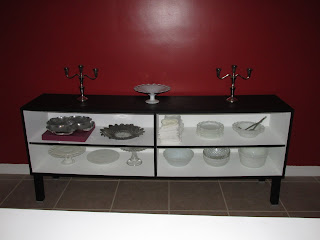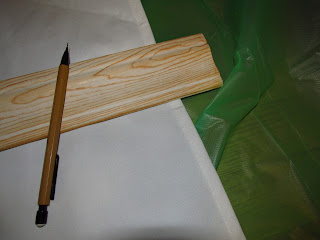I have long been looking at hanging lanterns and have pined for several in World Market and Pier 1. Alas, I can't buy everything I want when I want it. So I saw a post on another blog about decorating mason jars and hanging them as lanterns. Their project was mostly Moroccan themed and also there wasn't a tutorial but you could purchase them in their online store. They were really cute but I had wanted something that was simple and easy to convert to other projects in case I got bored with them or just ended up saving up and buying the lanterns.
Supplies
As many mason jars as you want to hang (I ended up doing all the jars that came in the 12 pack)
2-3 feet of satin ribbon per jar
Battery operated tea lights
Seriously this is all you need!
I cut 2-3 feet of ribbon per jar.
Placed the tea light in the jars, the ribbon goes under the lid (flat metal plate)
and through the opening in the band
I put the bows (double knotted) on the top so they rest on the nails when they hang.
The tea lights I got at Michael's and they survived not one by two parties. Once for a Festivus party when I made them and this weekend when we had family down to visit. I don't know what the estimated battery life is, but I thought they were worth it for making it through two events, both 5-6 hours longs. I'll make an update here when they do finally give out!
The "lanterns" are easy to make and put up/take down!


























